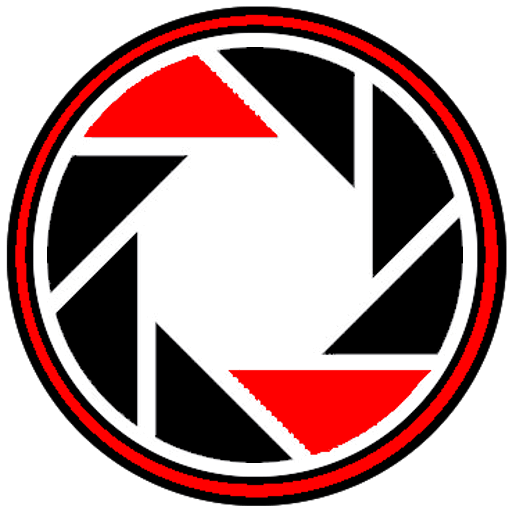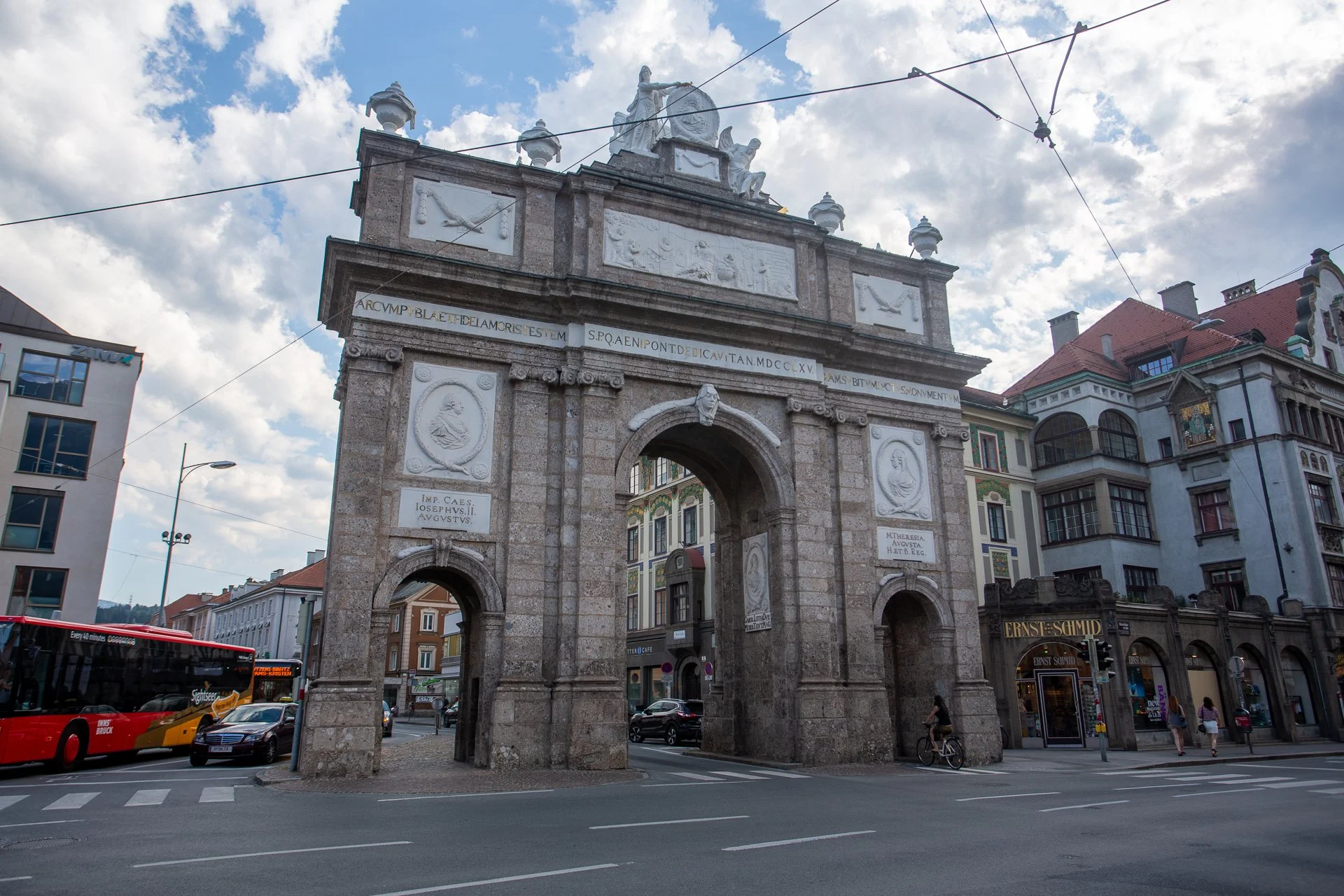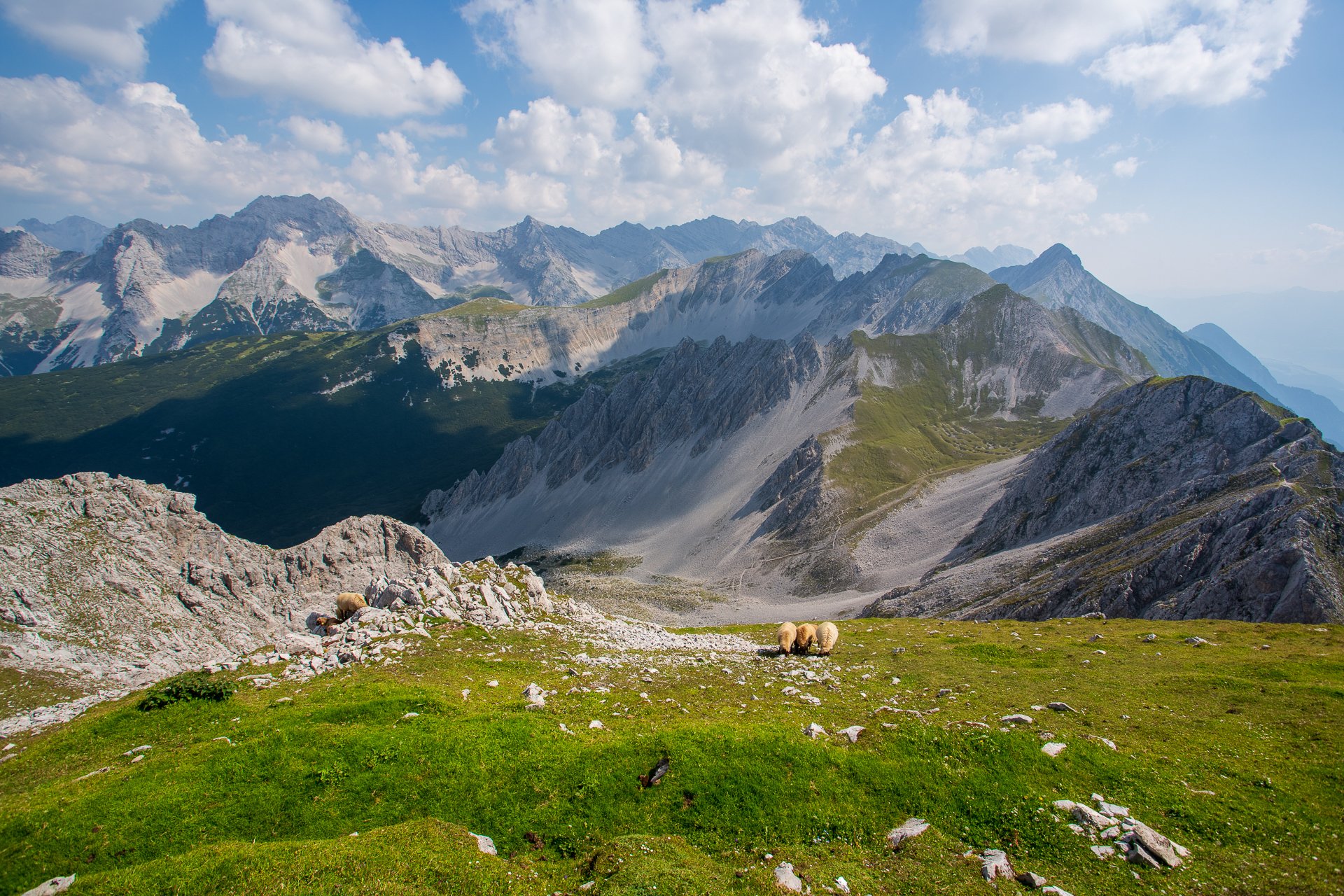Innsbruck
We had decided the evening before that we would go straight to the Alpen Zoo, which is slightly out of town and had parking
The Alpen Zoo only has animals found in the Alps. There is a sign at the very start telling people not to expect Lions or Elephants. But they do know that some animals get a more passionate reaction than others, so the four or five exciting creatures they have to display are split out over the 29 enclosures. You start with Beavers, and then there are Wolves, then Bison, then Elk, then Lynx, then Bears and finally Wildcats (which were hiding when we were there) and in between them there are many other creatures, Owls, Ravens, Marmots and many more. It is a very effective way of keeping attention. Our experience with the bears was a little disappointing; the bear had learned it could get reactions by ‘mugging’ the window, pushing its face into corners and generally making a show. The window was filthy from this and crowded with people on their phones. The Lynx were another matter. High in the trees, the male was sleeping, his head lolling off a branch. At ground level, the mother was washing her two cubs’ play fight. Walking around to the other side of the enclosure, I saw the mother pick up one cub by the scruff of its neck and carry it up the slope. I got a lovely image of her looking in my direction. The final impressive animal, the wolf, was hard to find, one thing the Alpen Museum shows is how important it is to be genuinely appropriate in the habitats. Most museums will give an animal a habitat like their own, but the trees, the rocks and the grass will all be local. When given a familiar environment, the wolf faded into the fallen trees and stones of the Alps. I got two good photos, one peaking out from behind a tree and one mid-lick (or mlem) in a posing position
It is a great venue, with a theme that helps keep things focused and gives you a reason to be there. There are some enclosures you are perhaps less impressed by like the Ravens, and there is a definite problem in the 30+ degree heat there are no vending machines or snack bars for water. Quite a few of the animals hid from the heat, and they had found somewhere dark and cool and were staying there as the sun beat down on Austria.
We’d been recommended the parking garage in the train station, and once we parked up, we noticed there was an underground entrance to the Grand Hotel Europa right there, the most upmarket hotel we had stayed in on this trip. Four stars and in the centre of town. We managed to slip ahead of the tour-bus of tourists who had just arrived by about three seconds to check in, saving us a half-hour wait as they all got their keys! The rooms are retro and cute, and the whole hotel has a modernised 60’s vibe to it. We dropped our stuff and as it was only 5 pm, decided to do a bit of sightseeing before the sun went down.
Rudolfsbrunnen
We ended up doing quite a lot, and our hotel’s central location meant we were able to check off quite a few things we’d intended to see the following day. We Started with Rudolfsbrunnen, a 19th Century foundation built to celebrate the 500th anniversary of the membership of Tyrol to the Austrian lands. We then moved on to Landhausplatz and the Befreiungsdenkmal, the Liberation Monument, built in the late 1940s and dedicated to those who fought the Nazis.
Some skaters were practising in this area, and the setup of the square was a reason why, I commented to my friend about it, as it’s rare a government will be happy with skateboarders and cyclists moving around a national monument to freedom. This is very much the exception. The whole area is designed as a skate park and supported with a few billboards highlighting where you are asked not to skate. It is an ingenious way of managing the issue of skaters.
Triumphpforte
After the memorial is the Triumphpforte, the Triumphal Arch, an arch built for a wedding that never happened and re-purposed into a memorial for the deceased bridegroom.
Annasäule
We then walked back towards the north to find the Annasäule an 18th Century column with four saints and the Madonna on top. It was also blessed with magical powers and +1 radius against the Undead by Brixen Prince-Bishop Kaspar Ignaz Count Künig in 1706.
We then crossed the square to see the Goldenes Dachl, the Golden Roof, a famous landmark in Innsbruck, but gold leaf over a small balcony is not something that can impress after seeing some of the temples of South East Asia.
We spent very little time examining the ‘Juliet Balcony’ and instead bought tickets to the Stadtturm, the City Tower. One hundred thirty-three steps up in a spiral to reach the viewing platform of the tower giving 360-degree views over the city. It is a lovely and unimpeded view until we reached the last quadrant where two girls were taking ‘modelling photos’ with an iPhone and taking about 20 shots per pose. The girl held up the entire tower while telling another beautiful she looked. Perhaps the most fundamental thing I have learned in 10 years of photography or more is the more photos you need to take of a scene, the less you understand the shot you are taking. Friends of mine, who are far better than I am or will ever be, can take one photo, almost from the hip and leave knowing they’ve got the shot they need without review. As long as this segue was, is how long a queue of us was waiting behind our two amateurs to finish. When they finally noticed the problem, they moved around past the entrance/exit to the tower, and we could take the alternate spiral staircase down to the bottom.
By this point we were both in need of water, the day had been hot and even with us both having over a litre of water at the hotel before leaving we needed more. My mate had mentioned the Hard Rock cafe four times since he’d noticed it an hour before and so we stopped there for drinks. I was on the beer, and he tried out a few of the cocktails as we found a place to stay in Salzburg. We ended up in a hostel as every hotel we searched for only had double beds, and with the heat as high as it has been we’d prefer a bit of distance between us at night.
It was then time for dinner, we went to Altstadtbeisl as is was a highly-rated Austrian restaurant, and it was our first night in Austria. I had a Gröstl, a hash of meats and potatoes, followed by a strange Irish coffee. It was espresso and baileys with ice cream on top. Once finished, we headed back to the hotel, dropped our bags in the room and went down to the hotel bar so I could catch up on my writing. The heat in the bar was incredible, and my friend lasted about 25 minutes before heading back to our air-conditioned room. I stuck it out as I write better in public, or at least I write better when I have committed to completing something. Or I write better when there is beer on tap.
We were up at our new, slightly earlier time and had breakfast in the hotel restaurant. It was a more sizable spread than we usually have seen, though it was lacking any way of getting coffee as the staff were too run off their feet to take an additional request. The restaurant is a very old-fashioned, (deliberately so) set of rooms with period furnishings and the staff dress in period clothing.
We then headed out, past the square where we had had dinner the evening before and found the Nordkettenbahnen, the funicular that takes you part the way up the mountain as we’d decided we’d be going to the top to see the views over Innsbruck. The funicular stops at the Alpine Zoo, and then at a way station. You change to a cable car at this point. That cable car then goes further up the hill, and you swap to a final cable car for the last ascent. Its a bit fiddly, but the carriers are timed together, so it doesn’t take too long to get to the summit, perhaps 35 minutes. Given it was 32 degrees, it was very uncomfortable in the cabins when they were not moving as they were quite full.
The top is called Hafelekarspitze, and it gives beautiful views over the city and from the other direction over the Alps. At the very pinnacle, mountain sheep are grazing away.
There are several trails from the cable car station around the area as in the winter this is a ski resort and in the summer a place to hike and mountain bike. We took the trail to the highest point, and I’m sure I annoyed many other tourists by breaking out my tripod to get some images. It did cause one couple to ask me to take their photo, with their iPad, as I knew what I was doing. The seemingly perpetual haze over the Alps meant that it was not as clear as I’d like for images of the town. We spent some time on the mountain, before taking the first cable car back to have some lunch at Restaurant Seegrube, with its terrace overlooking the slopes and a series of semi-domesticated Ravens squawking for food at us.
We got back into Innsbruck and headed to the Museum Hofburg, which was somewhat hard to find as they were doing a lot of building work in front of the museum. The basement, a baroque cellar and the first floor were closed, so we could only look at the impressionist art exhibit on the ground floor, and go through the decorated rooms of the Imperial abode. It entered around the matriarch Marie Teresa, who was the last in her line and the only woman to lead Tyrol. As she had ten children, (who looked identical according to the paintings of them in the various rooms) her line became very secure after her. We were somewhat disappointed as the ticket price did not change even though two of the four floors were closed, but the imperial rooms were impressive, an insight into how people lived in 18th century Austria. You can see the cross-pollination of the royal houses of Europe in how similar the decorations and furniture are to a comparable venue you might find in the United Kingdom.
Having done a fair bit of Innsbruck in short order, we decided to head out to our lodge in Werfen to ensure we got there in good time as it was over two hours’ drive away without traffic. On the way to the parking garage; however, we stopped to get some Ice Cream. It was fantastically cheap and had huge portions.














